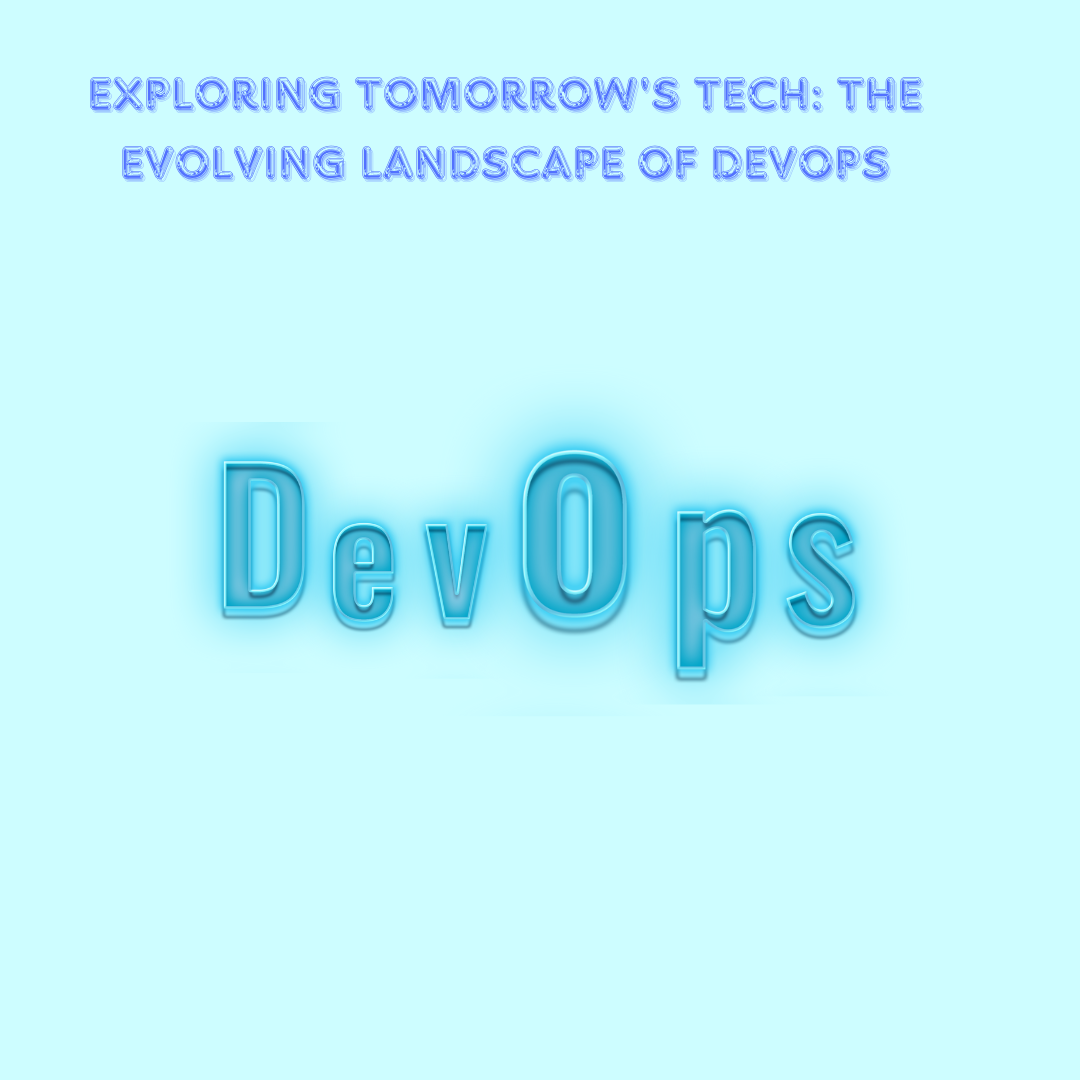ChatGPT is dominating the current news cycle. Along with excitement for individual usage, the improvements within artificial intelligence (AI) are prompting wariness, suspicion, and disruption. But although some critics have doubted its factualness, a main issue seems to be that many of generative AI’s potential benefits have not yet been tapped into.
While not commonly thought of with regards to business intelligence, AI offers improved ability to apply observations pulled from large swaths of data to answer important questions, which can bolster a company’s efforts to make more accurate and informed choices. ChatGPT and generative AI, including large language models (LLM), offer increased convenience and abilities, but these tools still have a long way to go before they fully realize their potential.
The role of AI in BI
Both AI and machine learning (ML) will continue to promote optimized business intelligence, especially with regards to data analytics and management. For example, AI can help machine-generated data stories analyze large amounts of data to uncover important findings relevant to businesses and organizations. In turn, this data can be reshared using data visualization to create an automatically generated storyline, offering a more comprehensive understanding of a company’s operations.
With time, these capabilities will only improve. Composable analytics, for example, allows organizations to manage large data sets to enhance consumer-facing applications. These platforms also make it easier for different departments within a company to collaborate around the same data, amplifying accessibility, unifying efforts, and guaranteeing that all decisions are relevant to a company’s overarching goals.
The next step for BI
Business intelligence provides the most significant benefit to businesses when it can provide key stakeholders with actionable insights during strategic planning. Companies can even monetize data through deploying business intelligence for customer-facing applications.
One example in the banking industry includes interactive eStatements. Digital statements, in addition to optimizing cost savings, can help to improve user experience for customers. While enhancing strategic-planning abilities is a crucial component of business intelligence, it’s also important to employ data intelligence to benefit customer-facing deliverables, which in turn can improve customer experience and a company’s overall earnings.
Business intelligence holds the ability to enhance multiple aspects of a business, both internally and externally; these benefits are visible across many sectors, including financial services, transportation, and manufacturing. NASA is one organization that streamlined data aggregation to improve its operations, which used to be manual. Now, there is a level of dependability and automation for risk management and research related to rocket deployment.
Even within the food and beverage industry, Panera Bread has integrated data technologies to improve user experience, increase automation, and unite its systems within a master data set. These new functions allowed the company to optimize its business processes and exhibit greater flexibility in the face of potential supply chain disruption or sudden market changes.
Business intelligence can help ensure the accessibility of critical data is available to all key decision makers, meaning that entities won’t need to depend on data scientists to sift through and explain results. A favorable business intelligence platform is usable, interactive, and visual – helping all teams gain a comprehensive understanding of data and its implications.
Where we’re headed
ChatGPT allows users to learn more about any particular topic of interest quickly and easily, in a format that is straightforward and user-friendly. In addition to individuals, this capacity will prove invaluable for organizations, especially during uncertain economic times and subsequent challenges related to the supply chain and acquiring talent. The power to quickly acquire new information in a digestible format and optimize those findings is critical, and will also aid companies in their attempts at creating more informed strategies.
While existing capabilities within business intelligence, such as the ability to plan ahead using predictive analytics, are transformational for business, companies will need scale and reporting capabilities to root strategic decisions into a company’s overarching strategy. To this end, the capacity to visualize trends and forecast future trends is an essential tool.
Generative AI can aid business intelligence by tapping into these capacities, which will allow stakeholders across a business to produce informed strategies based on timely insights from data. For key players across an organization to make better decisions, a business intelligence platform must encompass predictive analytics, geolocation analytics, and streaming analytics. The ability to visualize trends and performance analysis in real time, through utilizing a large data reserve, is an important tool in modern business for swifter and more informed decision-making.
About the Author
Ali Ahmed is the General Manager of the Enterprise Applications business unit at Cloud Software Group, where he is responsible for the ibi, Jaspersoft, Foresight, and Gridserver portfolio of products. Previously Ali was SVP of Engineering at TIBCO, where he led enterprise solutions engineering, products, and technology. Over his 21-year tenure at TIBCO, he has held a number of leadership roles across engineering, including Head of Global Engineering Services, and he brings deep expertise in delivering high-quality products and managing large engineering teams worldwide. He holds a bachelor’s degree in Engineering and an MBA from Osmania University.
Sign up for the free insideBIGDATA newsletter.
Join us on Twitter: https://twitter.com/InsideBigData1
Join us on LinkedIn: https://www.linkedin.com/company/insidebigdata/
Join us on Facebook: https://www.facebook.com/insideBIGDATANOW



